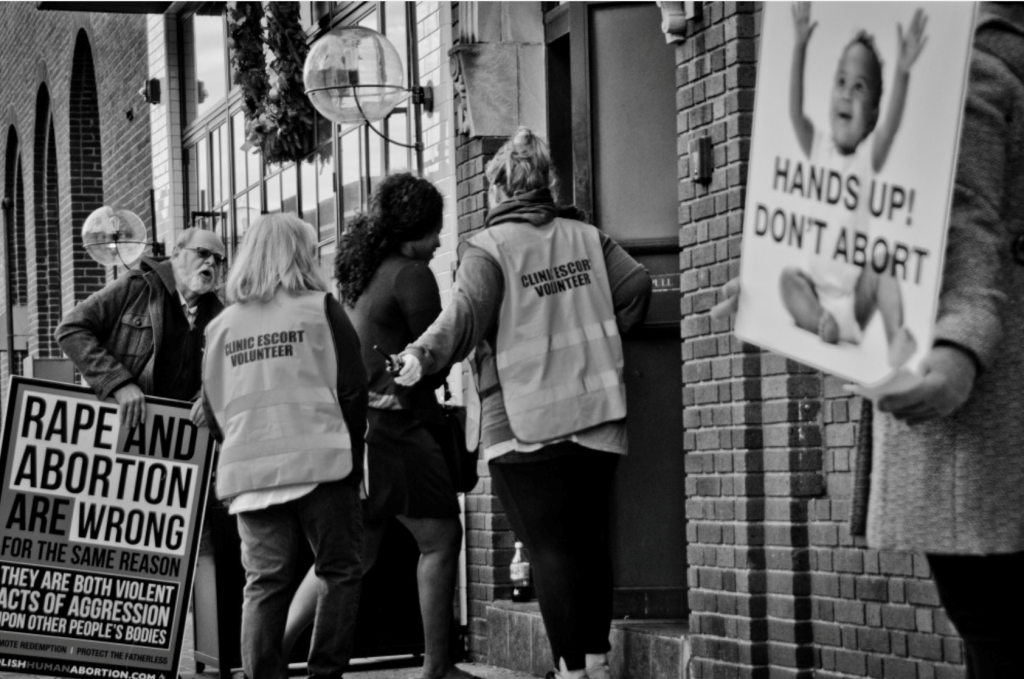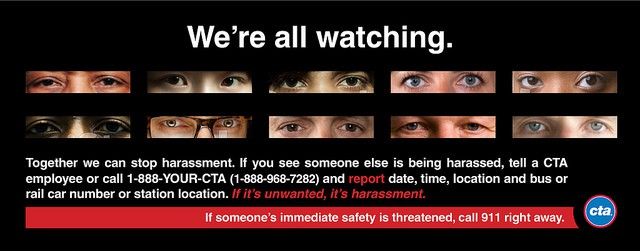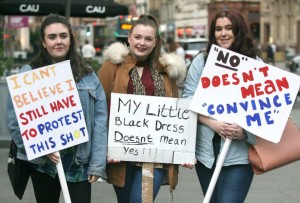I was getting lunch at Wendy’s and a guy who was hanging out there asked me, “Do you want him to give you a foot massage along with that burger?” when the employee brought me my food. I told him, “Leave me alone.” When I asked for more ketchup because the machine was empty, the same guy said, “Oh here honey, I’LL help you” and grabbed a ridiculous amount of ketchup packets and put them on my tray, even as I was saying, “No, stop it.”
Optional: Do you have any suggestions for dealing with harassers and/or ending street harassment in general?
Don’t be afraid like I was! I should have confronted this creep more directly. What was he really going to try to do in the middle of the day in a busy fast food restaurant anyways?
– Anonymous
Location: St. Petersburg, FL
Need support? Call the toll-free National Street Harassment hotline: 855-897-5910
Share your street harassment story for the blog.
See the book 50 Stories about Stopping Street Harassers for ideas.

 It should be very clear to those involved with or interested in the prevention of street harassment and sexualized violence that there is a clear intersection between sex trafficking and street harassment. The U.N. and other global forces are even developing task forces and support groups specifically to combat sex trafficking and sexualized violence.
It should be very clear to those involved with or interested in the prevention of street harassment and sexualized violence that there is a clear intersection between sex trafficking and street harassment. The U.N. and other global forces are even developing task forces and support groups specifically to combat sex trafficking and sexualized violence.

